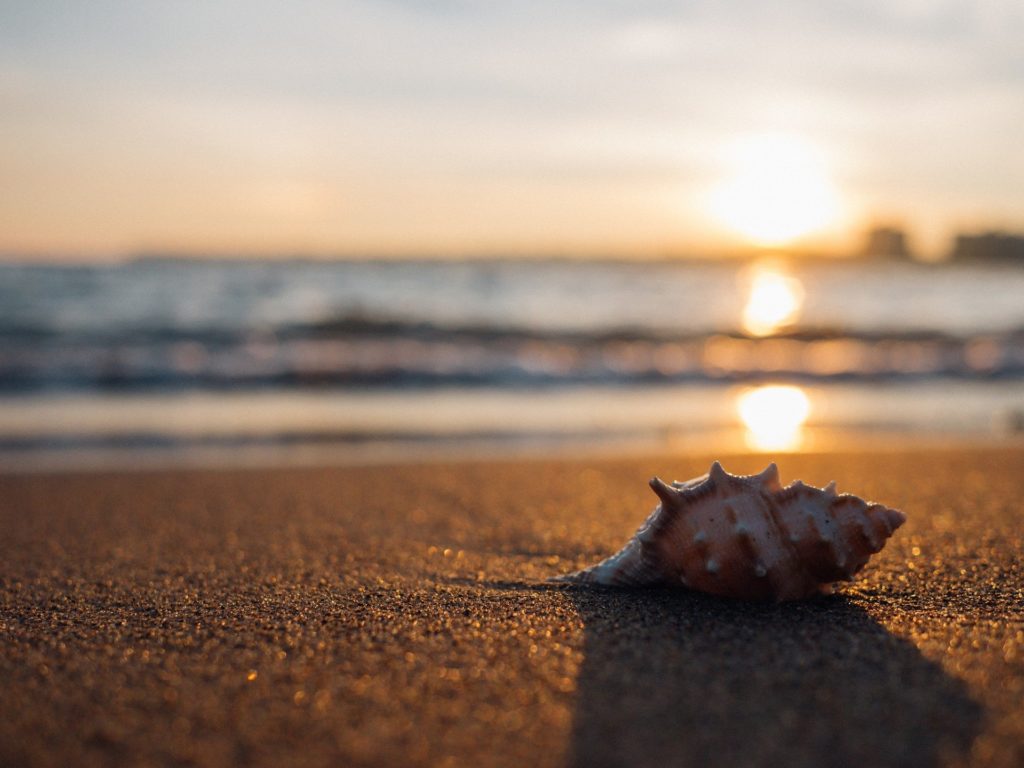Those seashells you see in shops and people’s home? Turns out they are real. And they may have been alive when collected. A mind boggling article in the National Geographic describes in “Seashell souvenirs are killing protected marine life“, the thesis project of Amey Bansod, who initially came to Kanyakumari to study the livelihood of shell artisans, and discovered, to his horror, an industry of stripping protected marine life by the tons.
Which of us hasn’t seen sea shell souvenirs? From small jewellery to religious conches, sea shells are pretty and inexpensive enough to be metaphors – “kawdiyion ke daam” (for the price of cowries – shells of sea snails) is an Indian version for “dirt cheap”.
India has traditionally had uses for some kinds of shells. Cowry shells were currency in ancient times. They are used in traditional board games, or by astrologers. Conch shells are used in religious rituals and often considered auspicious (or maybe an old fashion trend?) in decorating homes. While I was aware that sea shells are used in decoration, for some absurd reason, I always imagined that most of the cheaper shells we get were plastic. Though I also remember wondering why anyone would make shells when they could be found for free on beaches.
The naive person that I was, I firmly believe in “Take nothing but memories, leave nothing but footprints” – I got to the ripe old age of 41 without even realizing that all the shells decorating book binders and ornaments, being sold on ebay for aquariums and home decoration, being used for religious purposes…. THEY ARE ALL REAL! We are literally surrounded by casual celebration of the deaths of the mollusks that inhabited them.
Turns out that they are indeed not manufactured, because they are simply taken in mind boggling quantities from the sea and beaches and sent ahead to be processed. We are talking of 30 to 100 tons of sea shells being processed through one factory alone per month and 30,000 to 40,000 workers in the Kanyakumari area alone. The larger scale of destruction given the size of our coastline is mind boggling. This includes endangered species protected by CITES, which India is obliged under international agreement to protect.
However, expecting government officials to recognize endangered species or enforce harvesting limits is not a simple thing. Recognizing many rare species takes an expert and fudging limits on any exploitation that can’t talk back or file lawsuits is routine in India, whether forests or sand or marine life.
But when a live creature turns into one among many in tons and tons of shells harvested to feed our endless greed for decoration, it is cruelty for little more than casual amusement. While some harvesting is inevitable given their beauty and the art they help create, there needs to be some rational enforcement to protect these animals from simply being killed wholesale.

What can we do, people?


Tragic. I occasionally pick shells washed up on the sea shore.
I have always wondered how the sea shell artefact shops on beaches have such huge number of shells. Somehow, I have never felt comfortable in those shops. I had no idea there were sea shell factories…, collecting and processing live shells!